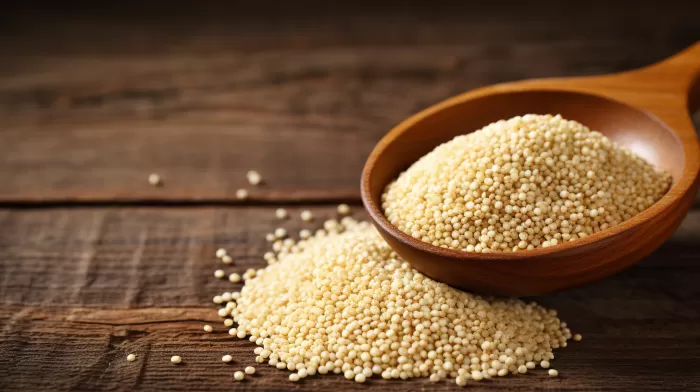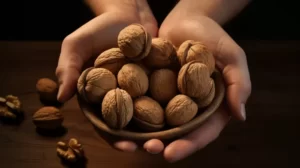Gone are the days of stressing over combining foods in every meal to ensure we get complete protein. We can now be confident that our bodies will get all the essential amino acids they need to make protein from the foods we consume within a one- to two-day period. However, it’s still important to pay attention to complete protein foods, particularly when they are low in fat, cholesterol-free, and a good source of fiber, vitamins, and other essential nutrients. The hero food that checks all these boxes? Quinoa, a delicious, complete plant protein.
Understanding Protein
Proteins comprise 20 distinct components known as amino acids. Ten of these amino acids are essential because the body can’t produce them, so they must be incorporated into our diet. However, the remaining ten can be made within the body. It’s crucial to know how much protein we need in our diet. Purdue University researchers recommended in the American Journal of Clinical Nutrition that the amount of protein adults require should be determined by weight rather than age. They suggest calculating this protein requirement by dividing your weight by 2.2 to convert pounds to kilograms, and then multiplying by 0.8 to find the grams of protein you need per kilogram of body weight.
For example, if you weigh 160 pounds, divide by 2.2 to get 72.7. Multiply that by 0.8 grams of protein per kilogram (2.2 lbs), which is the Recommended Dietary Allowance, and you’ll find you need about 58 grams of protein daily.
Protein-rich foods can come from both animal and plant sources. However, people tend to favor animal protein sources over plant-based ones. This preference means many are missing out on the fantastic plant protein foods that provide benefits not available from animal protein. Quinoa is one such special plant protein food.
The Benefits of Quinoa
Quinoa has been a staple food among South Americans for thousands of years. This grain-like food, which is smaller than rice, is usually prepared similarly to rice and is valued for its high protein content and lack of gluten. This absence of gluten means quinoa is safe for those with celiac disease.
Quinoa offers 18 of the 20 amino acids, and the only two it lacks are non-essential, meaning the body can produce them. This nutrient profile makes quinoa a complete protein, one of the best plant protein sources that can be enjoyed in a range of dishes. Comparing quinoa to brown rice showcases why quinoa is such an outstanding choice:
Brown Rice (1 cup cooked)
– Calories: 216
– Protein: 5 grams
– Fat: 1.76 grams
– Fiber: 4 grams
– Calcium: 20 mg
– Iron: 0.82 mg
– Magnesium: 84 mg
– Phosphorus: 162 mg
– Potassium: 84 mg
Quinoa (1 cup cooked)
– Calories: 222
– Protein: 8.14 grams
– Fat: 3.55 grams
– Fiber: 5.2 grams
– Calcium: 31 mg
– Iron: 2.76 mg
– Magnesium: 118 mg
– Phosphorus: 281 mg
– Potassium: 318 mg
Quinoa is low in fat, cholesterol-free, and an excellent source of essential minerals. It’s also simple to prepare: combine one part quinoa with two parts water in a pot, bring it to a boil, then reduce the heat and simmer for 15 minutes.
As quinoa absorbs the flavors of other foods or liquids, you can easily adapt it to suit different meals. For breakfast, try adding coconut milk or fruit juice for a tasty twist. For dinner, mix in vegetable stock and herbs for a savory dish. If you’re seeking a plant-sourced protein, quinoa is an unbeatable option.



